
Copyright 2016 by Allison Day Photographs copyright 2016 by Allison Day All rights reserved. No part of this book may be reproduced in any manner without the express written consent of the publisher, except in the case of brief excerpts in critical reviews or articles. All inquiries should be addressed to Skyhorse Publishing, 307 West 36th Street, 11th Floor, New York, NY 10018. Skyhorse Publishing books may be purchased in bulk at special discounts for sales promotion, corporate gifts, fund-raising, or educational purposes. Special editions can also be created to specifications. For details, contact the Special Sales Department, Skyhorse Publishing, 307 West 36th Street, 11th Floor, New York, NY 10018 or .
Skyhorse and Skyhorse Publishing are registered trademarks of Skyhorse Publishing, Inc., a Delaware corporation. Visit our website at www.skyhorsepublishing.com. 10 9 8 7 6 5 4 3 2 1 Library of Congress Cataloging-in-Publication Data is available on file. Cover design by Laura Klynstra Cover photo credit: Allison Day Print ISBN: 978-1-5107-0965-2 Ebook ISBN: 978-1-5107-0971-3 Printed in China For Chloe and Ava. 
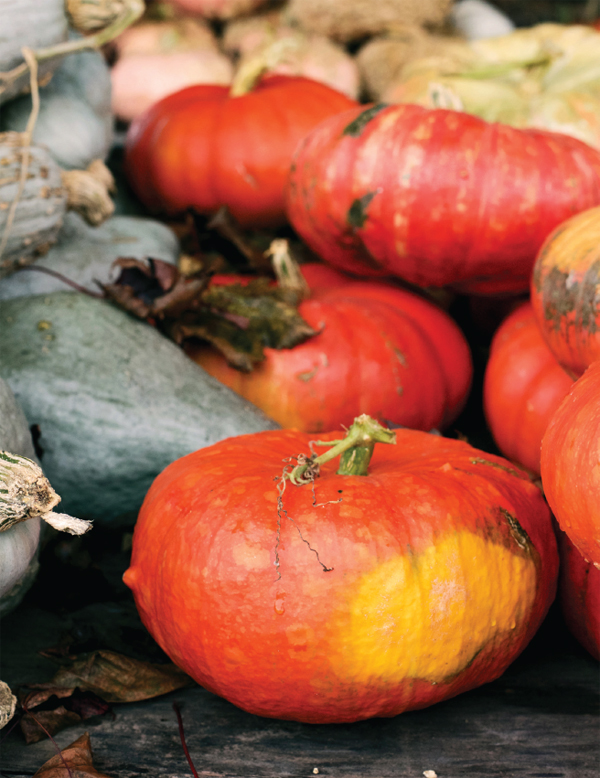 CONTENTS
CONTENTS 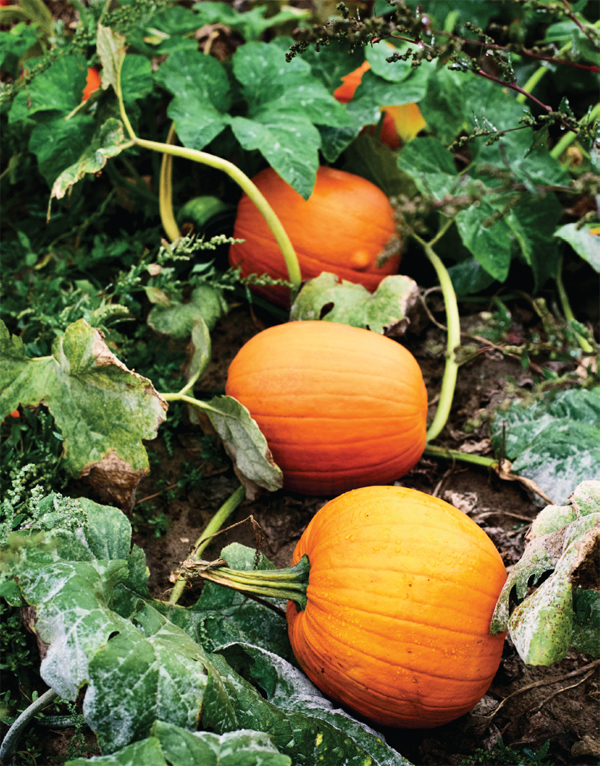 INTRODUCTION For living in the countryside most of my life, its curious that I hadnt a clue before the age of nineteen that one could use pumpkin (or any squash, really) in desserts other than pie, and certainly not in savory cuisine besides mashed butternut squash with butter. Pumpkins were for carving jack-o-lanterns at Halloween or table decoration, and they came from a can if they were to be baked into pie (though canned pumpkin does make an incredible pie).
INTRODUCTION For living in the countryside most of my life, its curious that I hadnt a clue before the age of nineteen that one could use pumpkin (or any squash, really) in desserts other than pie, and certainly not in savory cuisine besides mashed butternut squash with butter. Pumpkins were for carving jack-o-lanterns at Halloween or table decoration, and they came from a can if they were to be baked into pie (though canned pumpkin does make an incredible pie).
Pumpkin pie was my (and likely your) first run in with any sort of pumpkiny food. My moms pumpkin pie recipe was illustrated (quite literally) on the bottom of an old ceramic pie plate, complete with darling graphics from a time before home computers. I still own the dish, using it exclusively for pumpkin pies. Coincidentally, I grew up about five minutes down the road from miles upon miles of pumpkin patches. (Id like to think this gives me at least some authority on writing an all-pumpkin cookbook!). These fields of humongous fireball freckles dotting the landscape are always waiting to be made into spooky art for your doorstep or edible art for your family and friends.
To this day, pumpkin patches continue to instill a sense of cozy wonder in me, making me feel right at homepartly because theyre quite near my family home, but also because theyre the symbol of the season, generosity, and abundance of good food to come. (I headed back on a rainy fall day to photograph the spindly ground gourdsyou can find the photos peppered throughout these pages.) While my pastoral surroundings were idyllic for a woman who loves her vegetables, it didnt afford me the chance to try the omnipresent (and, I must admit, pretty tasty) pumpkin spice latt at my neighborhoodwell, you know the placeas we didnt have one then, and the town still doesnt have one now. It wasnt until I ventured off to university that I, firstly, tried coffee of any sort, and secondly, tried a pumpkin-infused version. Over the last several years since my graduation, pumpkin and pumpkin spice (everything) has become a delectable food trend in and of itself, and Im here to celebrate and share its astonishing versatility with you.  The following recipes all use whole, real ingredients, much the same as I do on my food blog, Yummy Beet , and did in my first cookbook, Whole Bowls . Every ingredient Ive used can be found at the supermarket or farmers market, so no specialty food shopping is required; Ive even given substitutions for any recipes using harder-to-find heirloom pumpkins.
The following recipes all use whole, real ingredients, much the same as I do on my food blog, Yummy Beet , and did in my first cookbook, Whole Bowls . Every ingredient Ive used can be found at the supermarket or farmers market, so no specialty food shopping is required; Ive even given substitutions for any recipes using harder-to-find heirloom pumpkins.
If you eat meat, any of the plant-based mealsthough extremely satisfying on their owncan be enjoyed with your favorite protein. This cookbook is vegetable-focused, a term I inhabit in my everyday cooking life. The pumpkins deliciousness knows no bounds! From the creamy interior to the cozy pumpkin spice blend to the crunchy seeds and ludicrously green oil thats made from the seeds, pumpkin gives us plenty to work withand Ive employed it throughout these pages in myriad ways. Savory and sweet recipes, beginning with variations upon variations of homemade pumpkin spice latts, smoothies, and breakfasts; followed by hearty soups, party-perfect snacks (or apps), salads and sides to brighten every fall and winter holidayor everydaytable; main courses influenced by all corners of the planet; and, yes, a decked-out dessert chapter that will bring a bit of sparkle to your plates this season. Youll find classic pumpkin recipes (whats a pumpkin cookbook without the ultimate classic pumpkin pie, after all?), twists on classics, and an abundance of recipes that I hope turn into new classics for you during the fall and winter months. All thats left for you to do now is tuck into these pumpkin-packed pages.
Savor, share, and enjoy every comforting, moreish morsel by curling up on your couch, cooking away in your kitchen, or digging in at your table.  HEIRLOOM PUMPKIN GUIDE Pumpkin is not a true vegetable due to its anatomy; its a fruit, belonging to the Cucurbita family of plants that comes in a variety of different shapes, sizes, colors, textures, and tastes. The terms pumpkin and squash are often interchangeable, as theyre both from the Cucurbita family. Though not an exhaustive list, the following are the most easily sourced heirloom pumpkin (or squash) varietals: American Tonda: Traditionally shaped with alternating vertical marbled green and yellow skin. Contrary to its name, this is an Italian varietal classified for having the classic American pumpkin silhouette. Its delectable roasted, pured for soups or risotto, and added to salads.
HEIRLOOM PUMPKIN GUIDE Pumpkin is not a true vegetable due to its anatomy; its a fruit, belonging to the Cucurbita family of plants that comes in a variety of different shapes, sizes, colors, textures, and tastes. The terms pumpkin and squash are often interchangeable, as theyre both from the Cucurbita family. Though not an exhaustive list, the following are the most easily sourced heirloom pumpkin (or squash) varietals: American Tonda: Traditionally shaped with alternating vertical marbled green and yellow skin. Contrary to its name, this is an Italian varietal classified for having the classic American pumpkin silhouette. Its delectable roasted, pured for soups or risotto, and added to salads.
Black Futsu: Intensely dark green skin with tiny bumps, a blush of yellow, and busy ribbing. The hearty flesh of this prized Japanese varietal is sweet with notes of hazelnut. Favored preparations include roasting and stuffing. Blue Doll: A dusty, light turquoise exterior with several long pleats. With a shockingly orange, hearty flesh, its ideal for savory cooking, from stewing to grilling. Buttercup: Similar in appearance to kabocha with a slightly less vegetal taste and sweeter tasting flesh, buttercup is excellent sauted, baked, mashed, or blended into soup.
Cinderella: Looks like Cinderellas pumpkin coach with its flat, round shape and traffic coneorange exterior. Its flesh is custardy and smooth, making it wonderful roasted whole, stuffed, stewed, or blended into a silky soup. 

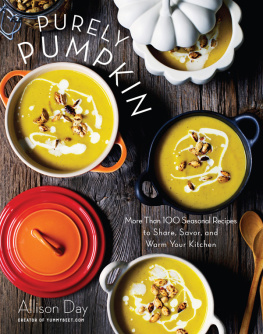


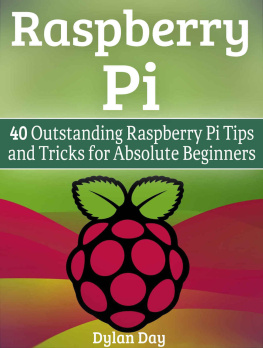




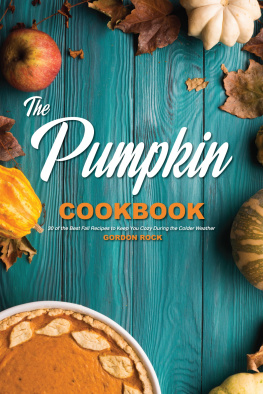
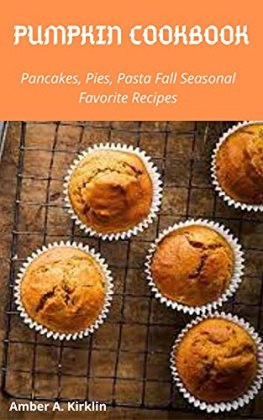


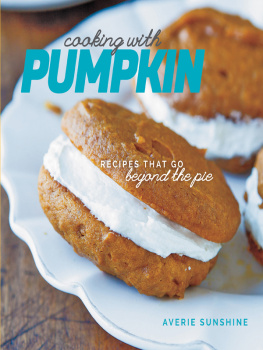
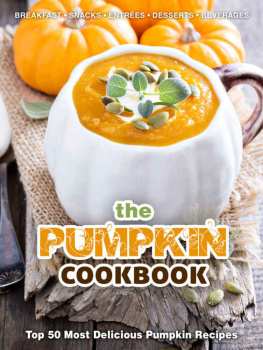
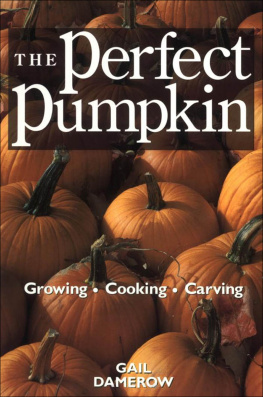




 CONTENTS
CONTENTS  INTRODUCTION For living in the countryside most of my life, its curious that I hadnt a clue before the age of nineteen that one could use pumpkin (or any squash, really) in desserts other than pie, and certainly not in savory cuisine besides mashed butternut squash with butter. Pumpkins were for carving jack-o-lanterns at Halloween or table decoration, and they came from a can if they were to be baked into pie (though canned pumpkin does make an incredible pie).
INTRODUCTION For living in the countryside most of my life, its curious that I hadnt a clue before the age of nineteen that one could use pumpkin (or any squash, really) in desserts other than pie, and certainly not in savory cuisine besides mashed butternut squash with butter. Pumpkins were for carving jack-o-lanterns at Halloween or table decoration, and they came from a can if they were to be baked into pie (though canned pumpkin does make an incredible pie). The following recipes all use whole, real ingredients, much the same as I do on my food blog, Yummy Beet , and did in my first cookbook, Whole Bowls . Every ingredient Ive used can be found at the supermarket or farmers market, so no specialty food shopping is required; Ive even given substitutions for any recipes using harder-to-find heirloom pumpkins.
The following recipes all use whole, real ingredients, much the same as I do on my food blog, Yummy Beet , and did in my first cookbook, Whole Bowls . Every ingredient Ive used can be found at the supermarket or farmers market, so no specialty food shopping is required; Ive even given substitutions for any recipes using harder-to-find heirloom pumpkins. HEIRLOOM PUMPKIN GUIDE Pumpkin is not a true vegetable due to its anatomy; its a fruit, belonging to the Cucurbita family of plants that comes in a variety of different shapes, sizes, colors, textures, and tastes. The terms pumpkin and squash are often interchangeable, as theyre both from the Cucurbita family. Though not an exhaustive list, the following are the most easily sourced heirloom pumpkin (or squash) varietals: American Tonda: Traditionally shaped with alternating vertical marbled green and yellow skin. Contrary to its name, this is an Italian varietal classified for having the classic American pumpkin silhouette. Its delectable roasted, pured for soups or risotto, and added to salads.
HEIRLOOM PUMPKIN GUIDE Pumpkin is not a true vegetable due to its anatomy; its a fruit, belonging to the Cucurbita family of plants that comes in a variety of different shapes, sizes, colors, textures, and tastes. The terms pumpkin and squash are often interchangeable, as theyre both from the Cucurbita family. Though not an exhaustive list, the following are the most easily sourced heirloom pumpkin (or squash) varietals: American Tonda: Traditionally shaped with alternating vertical marbled green and yellow skin. Contrary to its name, this is an Italian varietal classified for having the classic American pumpkin silhouette. Its delectable roasted, pured for soups or risotto, and added to salads.